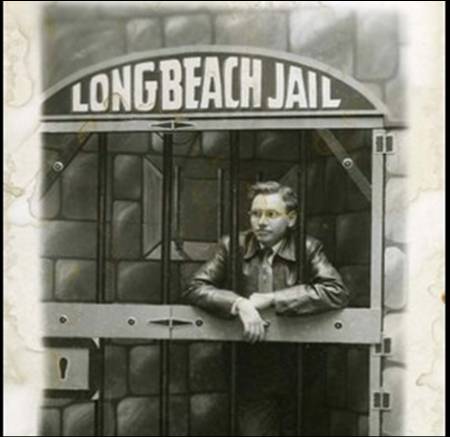The following is Part 2 of portfolio management highlights extracted from a gem of a Munger speech given at USC 20 years ago in 1994. It’s long, but contains insights collected over many years by one of the world’s greatest investment minds. Caustically humorous, purely Munger, it is absolutely worth 20 minutes of your day between browsing ESPN and TMZ. Expected Return, Selectivity, Sizing, When To Buy
“…the one thing that all those winning betters in the whole history of people who've beaten the pari-mutuel system have is quite simple: they bet very seldom… the wise ones bet heavily when the world offers them that opportunity. They bet big when they have the odds. And the rest of the time, they don't. It's just that simple.
…yet, in investment management, practically nobody operates that way…a huge majority of people have some other crazy construct in their heads. And instead of waiting for a near cinch and loading up, they apparently ascribe to the theory that if they work a little harder or hire more business school students, they'll come to know everything about everything all the time.”
“How many insights do you need? Well, I'd argue: that you don't need many in a lifetime. If you look at Berkshire Hathaway and all of its accumulated billions, the top ten insights account for most of it. And that's with a very brilliant man—Warren's a lot more able than I am and very disciplined—devoting his lifetime to it. I don't mean to say that he's only had ten insights. I'm just saying, that most of the money came from ten insights.
So you can get very remarkable investment results if you think more like a winning pari-mutuel player. Just think of it as a heavy odds-against game full of craziness with an occasional mispriced something or other. And you're probably not going to be smart enough to find thousands in a lifetime. And when you get a few, you really load up. It's just that simple…
Again, this is a concept that seems perfectly obvious to me. And to Warren it seems perfectly obvious. But this is one of the very few business classes in the U.S. where anybody will be saying so. It just isn't the conventional wisdom.
To me, it's obvious that the winner has to bet very selectively. It's been obvious to me since very early in life. I don't know why it's not obvious to very many other people.”
“…investment management…is a funny business because on a net basis, the whole investment management business together gives no value added to all buyers combined. That's the way it has to work…I think a select few—a small percentage of the investment managers—can deliver value added. But I don't think brilliance alone is enough to do it. I think that you have to have a little of this discipline of calling your shots and loading up—you want to maximize your chances of becoming one who provides above average real returns for clients over the long pull.”
“…huge advantages for an individual to get into a position where you make a few great investments and just sit back and wait: You're paying less to brokers. You're listening to less nonsense. And if it works, the governmental tax system gives you an extra 1, 2 or 3 percentage points per annum compounded.”
Tax, Compounding, When To Sell
“Another very simple effect I very seldom see discussed either by investment managers or anybody else is the effect of taxes. If you're going to buy something which compounds for 30 years at 15% per annum and you pay one 35% tax at the very end, the way that works out is that after taxes, you keep 13.3% per annum.
In contrast, if you bought the same investment, but had to pay taxes every year of 35% out of the 15% that you earned, then your return would be 15% minus 35% of 15%—or only 9.75% per year compounded. So the difference there is over 3.5%. And what 3.5% does to the numbers over long holding periods like 30 years is truly eye-opening. If you sit back for long, long stretches in great companies, you can get a huge edge from nothing but the way that income taxes work.
Even with a 10% per annum investment, paying a 35% tax at the end gives you 8.3% after taxes as an annual compounded result after 30 years. In contrast, if you pay the 35% each year instead of at the end, your annual result goes down to 6.5%. So you add nearly 2% of after-tax return per annum if you only achieve an average return by historical standards from common stock investments in companies with tiny dividend payout ratios.
…business mistakes that I've seen over a long lifetime, I would say that trying to minimize taxes too much is one of the great standard causes of really dumb mistakes. I see terrible mistakes from people being overly motivated by tax considerations.”
Diversification, Hedging
“…one of the greatest economists of the world is a substantial shareholder in Berkshire Hathaway and has been for a long time. His textbook always taught that the stock market was perfectly efficient and that nobody could beat it. But his own money went into Berkshire and made him wealthy…he hedged his bet.”
If you can hedge without negative consequences, do it. It's likely that the economist's investment in Berkshire was not public knowledge.








